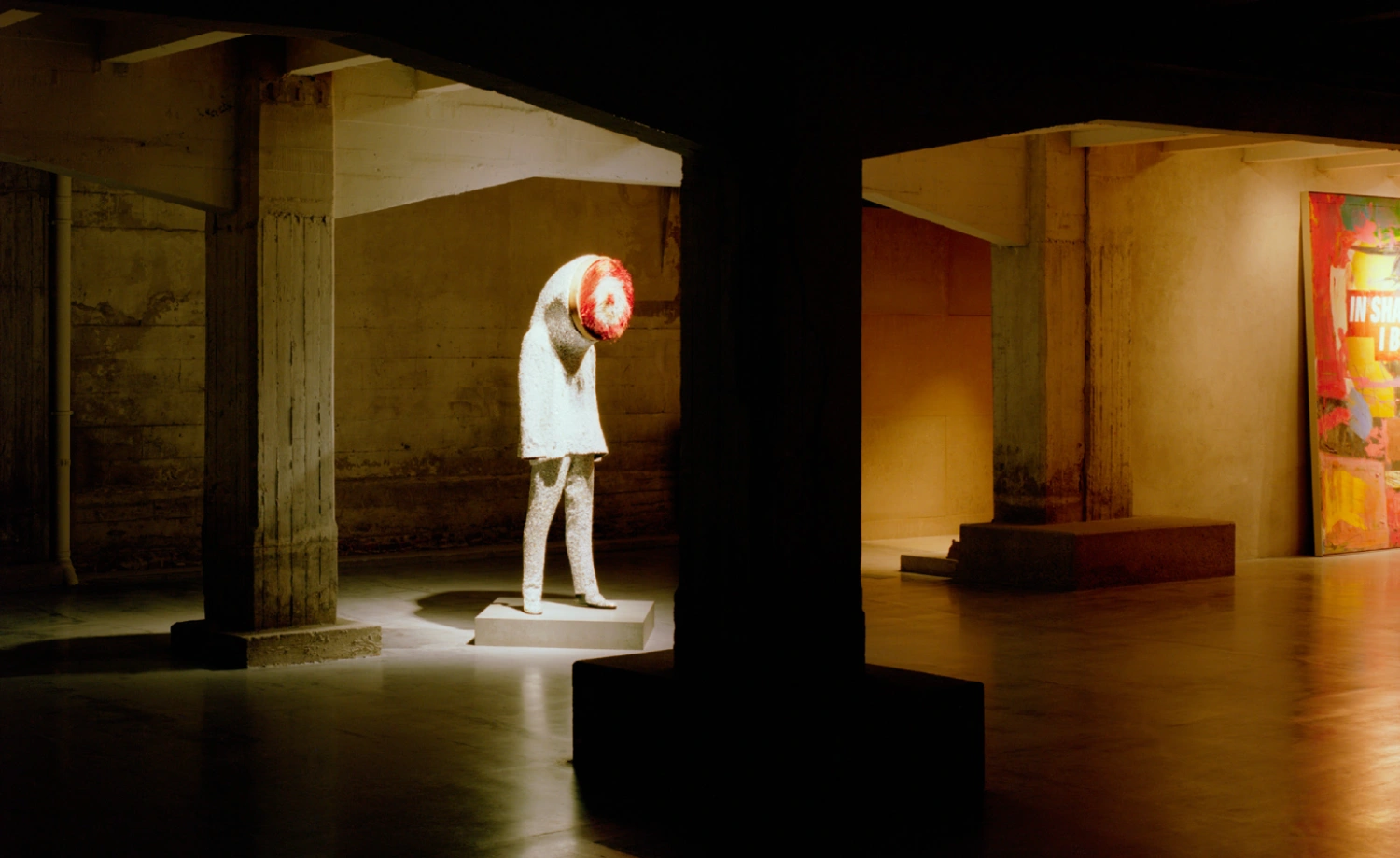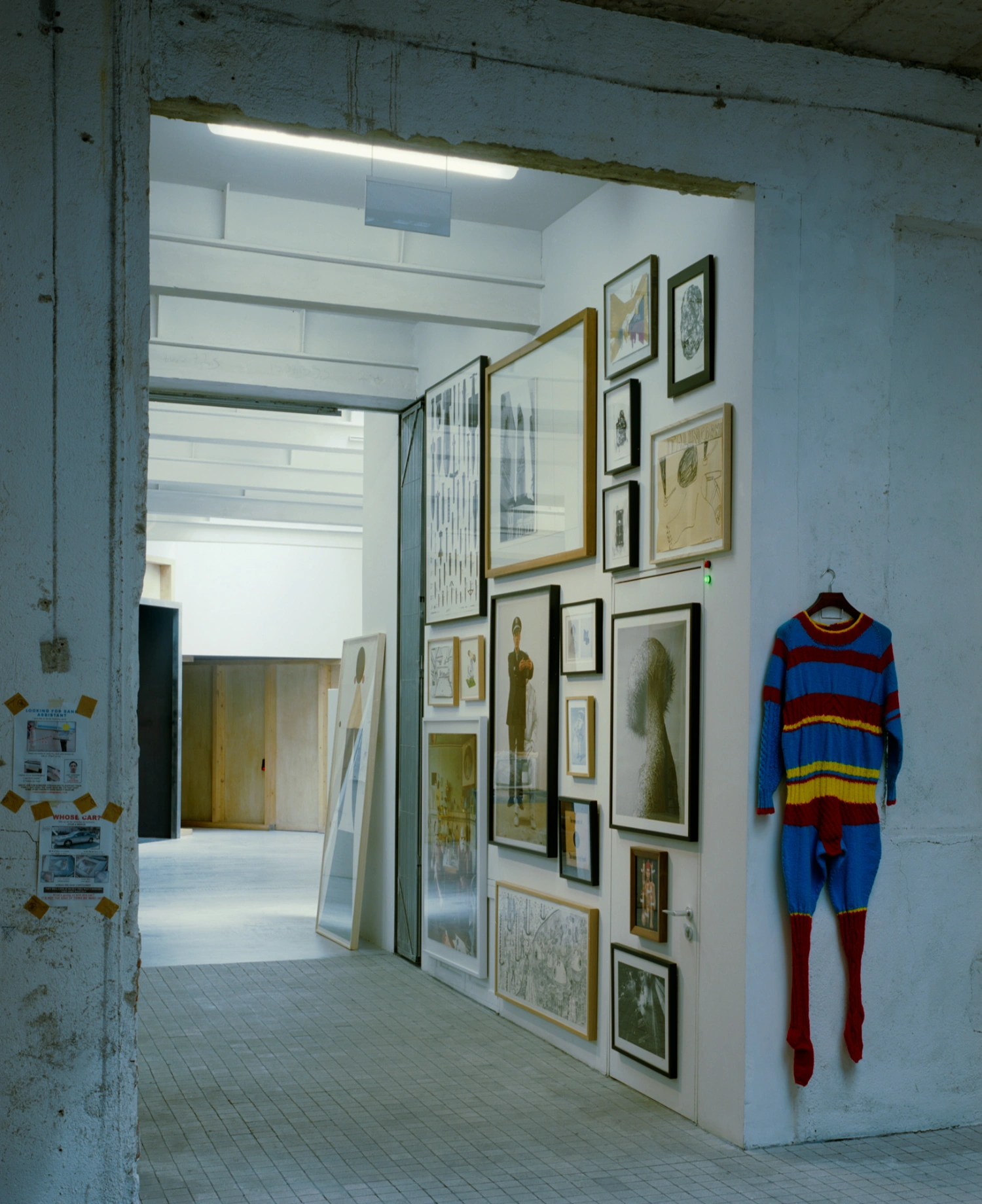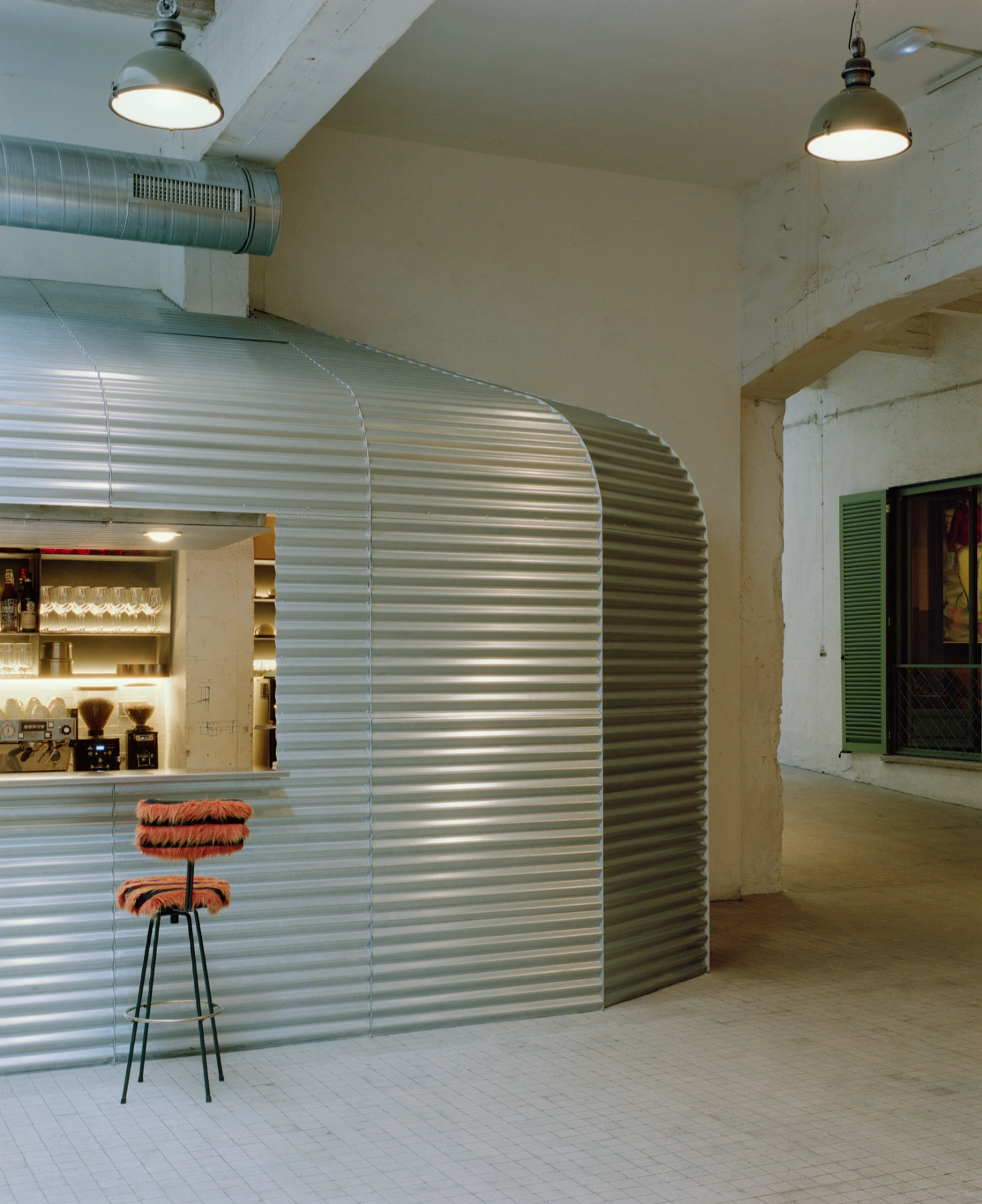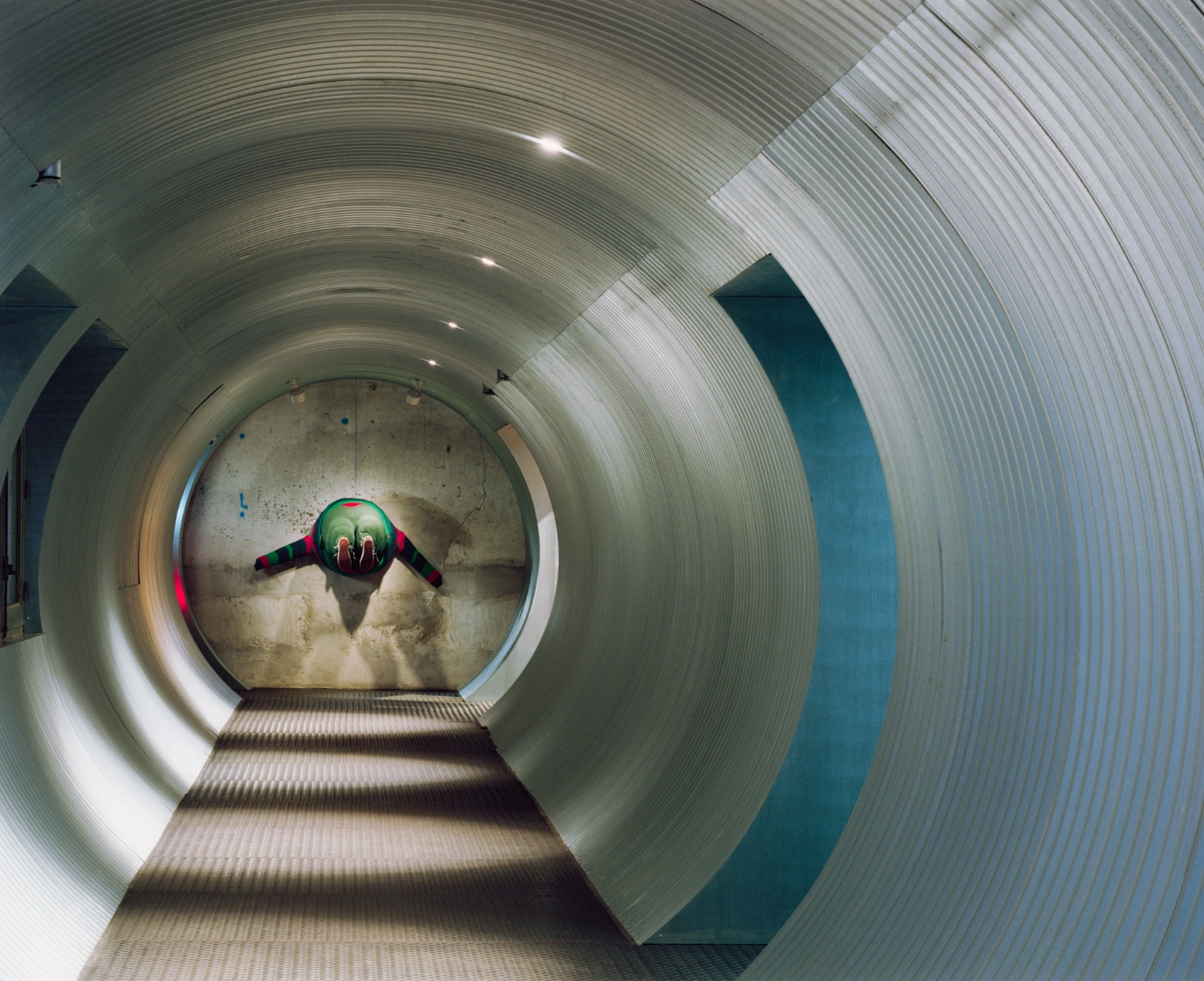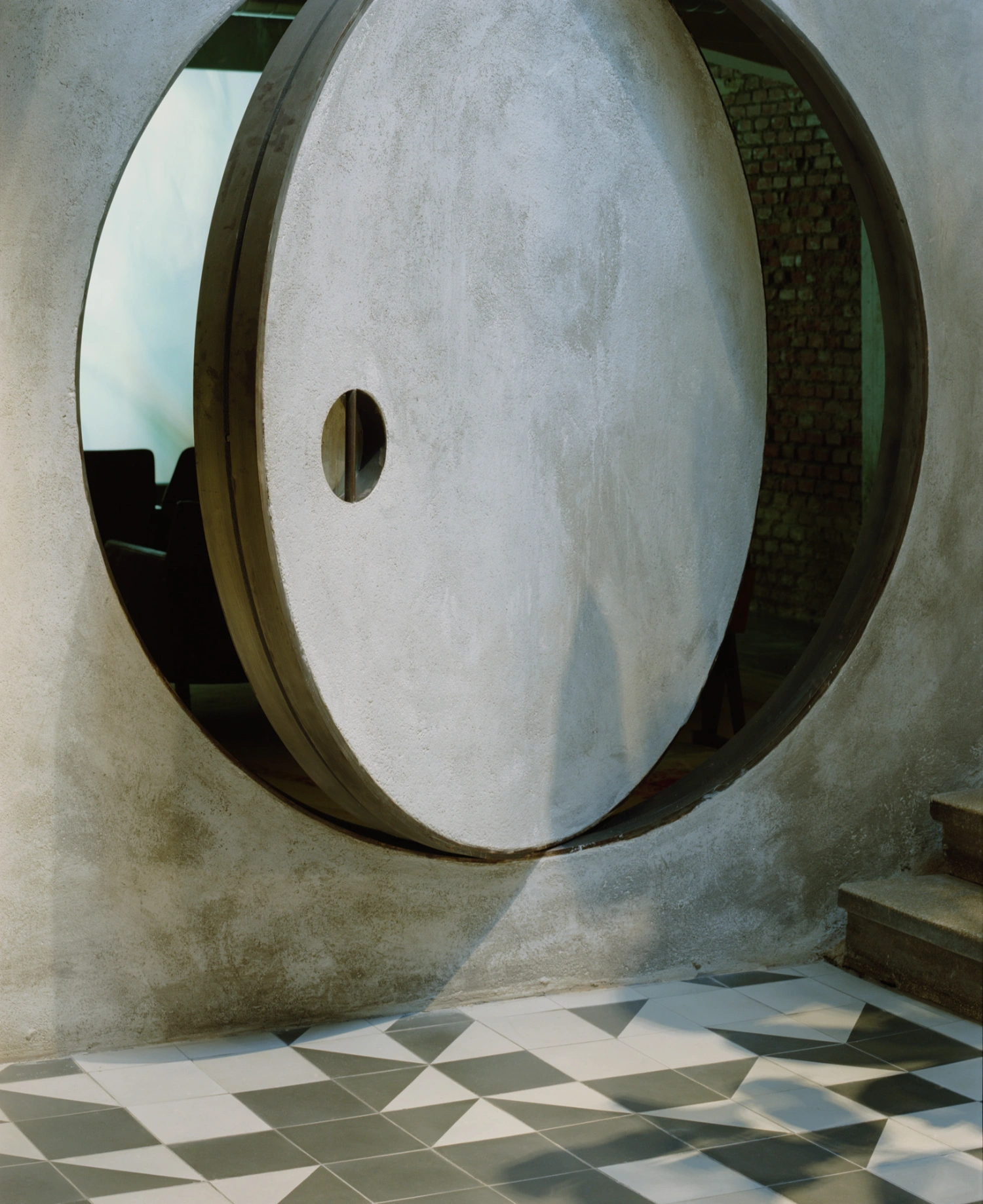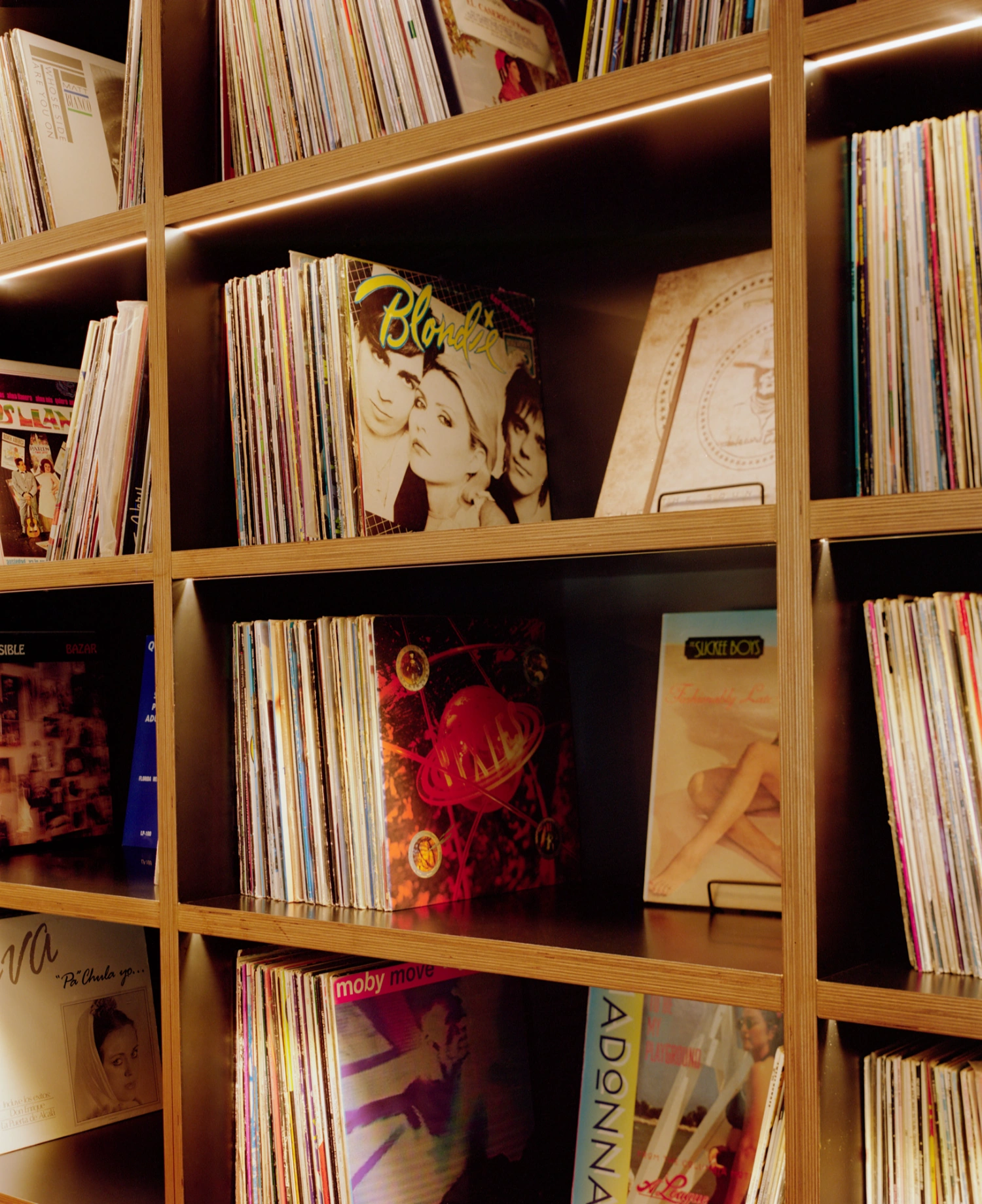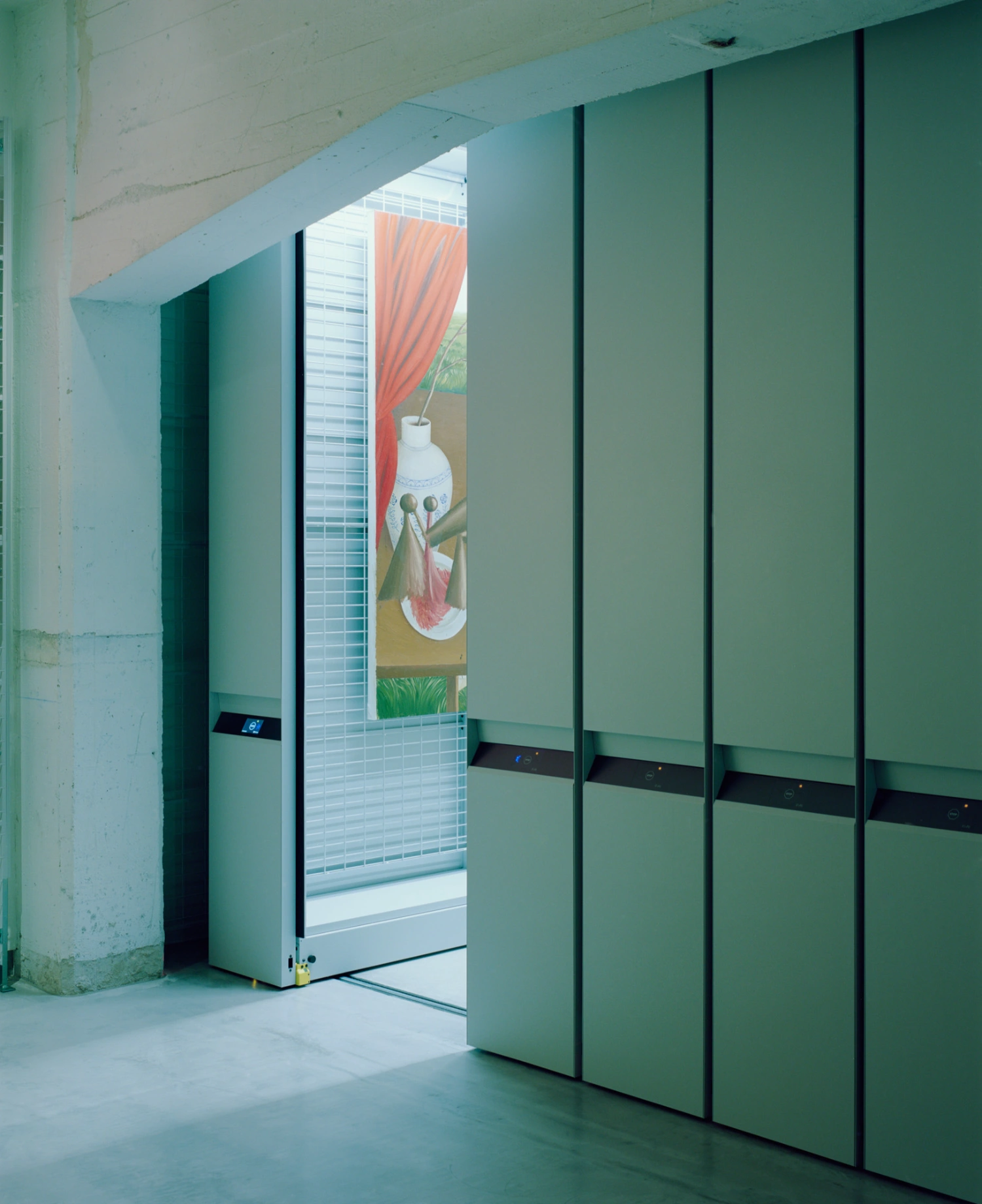Madrid’s Solo CSV isn’t just a new art venue—it’s an ever-shifting, shape-defying experience that reframes how we move through, perceive, and participate in contemporary culture.
The launch of Solo CSV, the latest iteration of the international arts project Solo, marks a new crescendo in this shift. Designed by Estudio Herreros, this enigmatic cultural node is as much a provocation as it is a venue—a place meant not just to be seen, but to be experienced in fragments, riddles, and slow reveals.
Solo CSV is situated in the Moncloa-Aravaca district, on a site steeped in both political and artistic residue. The building, a former printing press dormant for decades, has been transfigured into a 4,500-square-metre cultural labyrinth. Nearby once stood Goya’s Quinta del Sordo, infusing the area with a spectral weight. The new structure, wrapped in white plaster and configured through a blend of reinforced concrete and dry-assembled metalwork, feels like a respectful invocation of the old, transposed into a resolutely forward-looking spatial syntax.
Navigating the space, one quickly abandons linearity. There is no fixed route, no singular narrative arc. Instead, visitors stumble into moments—Aaron Johnson’s cosmic grotesqueries at Bowman Hal, David Altmejd’s crystalline bodies, Smack’s digital hallucinations—each installation a door to somewhere uncertain. Architect Juan Herreros describes the layout as a Möbius strip of interiors and exteriors, engineered to disorient and delight. There’s something theatrical in the pacing, as if the building were staging its own withholding.
Unlike Solo’s earlier venues, such as the appointment-only space at Plaza de la Independencia or the rural outpost of Solo Castanedo, CSV operates without a declared programme. It is less an institution than an evolving site of potential. ‘We want to build, step by step, what this space can mean,’ say founders Ana Gervás and David Cantolla. That ethos permeates the architecture: paneled windows that frame incidental glances, unmarked zones that may or may not open, and rooms that appear only under particular conditions.
Still, amid all its spatial opacity, Solo CSV is far from inward-looking. Initiatives like Movimiento 37—set to launch with a haunting multimedia suite by Koka Nikoladze—position the space as a node for international cross-pollination. The digital arm, ONKAOS, continues to expand its remit, while a dedicated conservation lab ensures the works remain in flux yet cared for. In this sense, CSV acts as the nerve centre of the broader Solo project, which now spans acquisitions, artist support, AI-driven commissions, and public interventions.
Madrid’s artistic present no longer lives solely in its palatial halls. Solo CSV captures the capital’s reinvention as a place unafraid of risk and refusal—a city where ambiguity is no longer a threat but a tactic. In Solo’s hands, the future of contemporary art in Spain seems not just assured, but thrillingly undefined.


